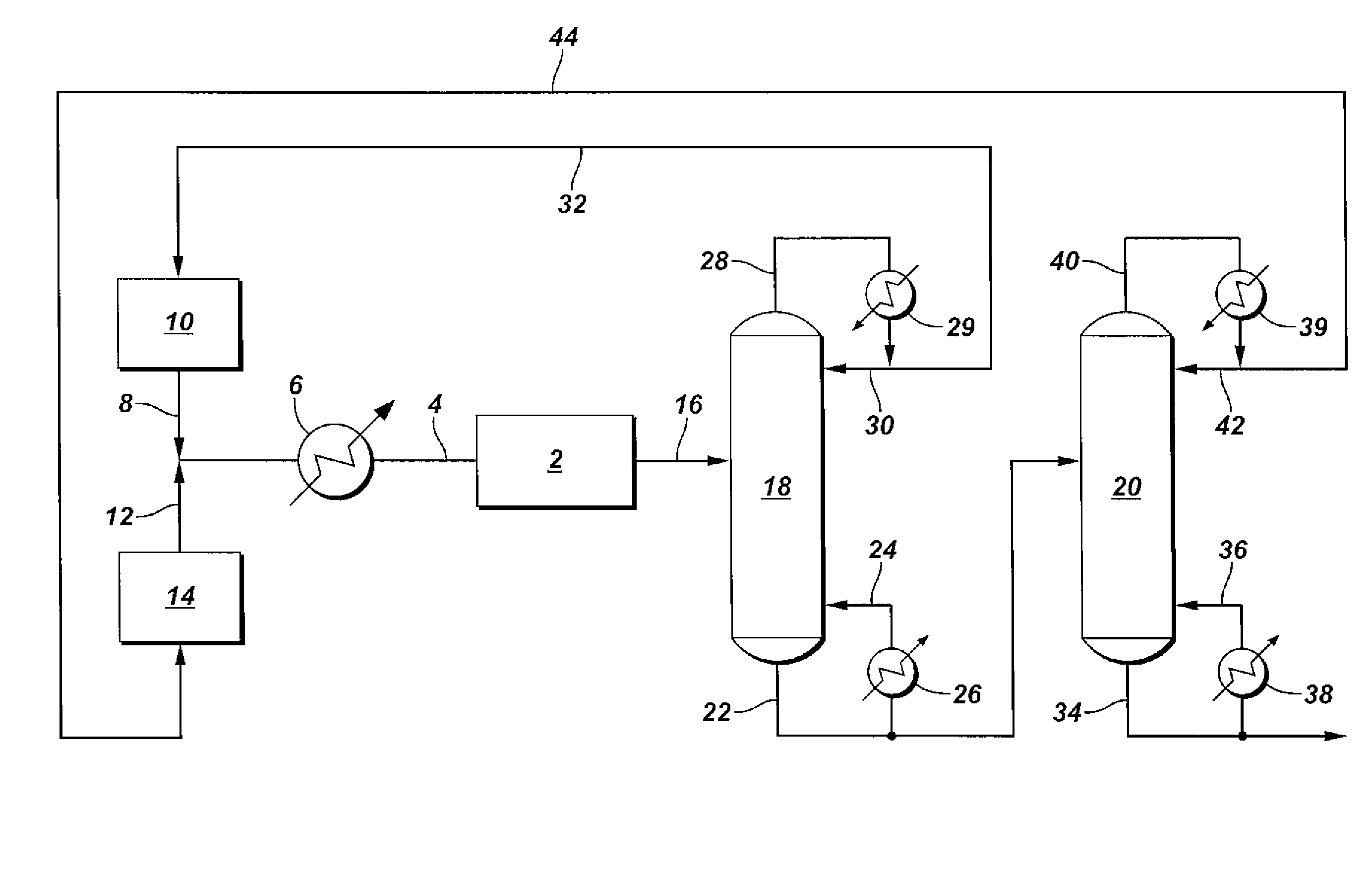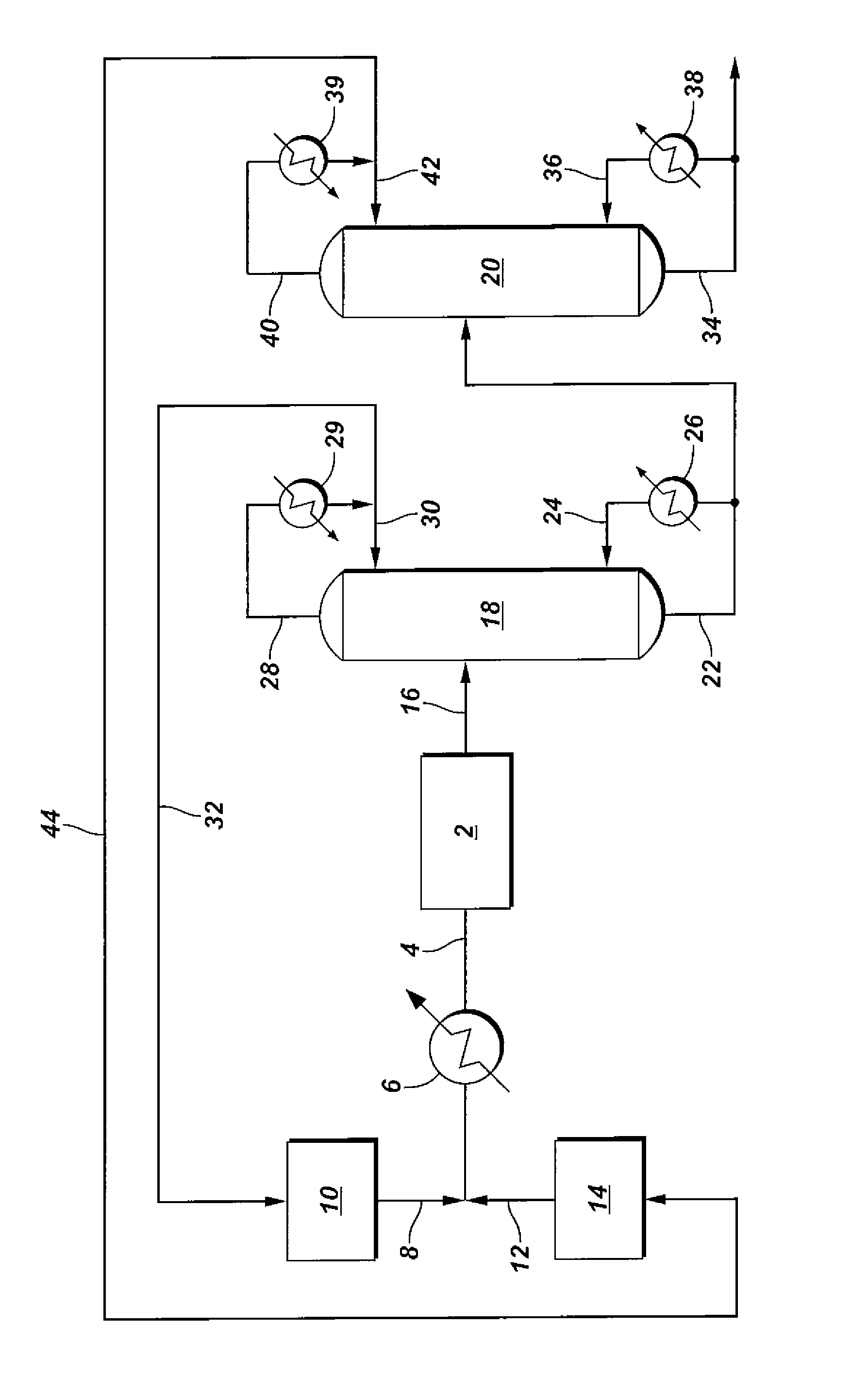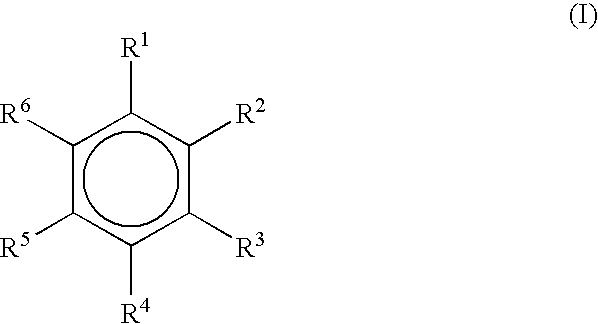Compositions and Methods of Using Same in Producing Heavy Oil and Bitumen
a technology which is applied in the field of heavy oil and bitumen recovery, can solve the problems of difficult to establish the nature of asphaltenes in crude oil, asphaltenes may precipitate, and complex manner, and achieves the effects of reducing energy consumption, reducing production costs, and reducing production costs
- Summary
- Abstract
- Description
- Claims
- Application Information
AI Technical Summary
Benefits of technology
Problems solved by technology
Method used
Image
Examples
Embodiment Construction
[0023]In the following description, numerous details are set forth to provide an understanding of the present invention. However, it will be understood by those skilled in the art that the present invention may be practiced without these details and that numerous variations or modifications from the described embodiments may be possible.
[0024]With the depletion of conventional oil supplies, bitumen extracted from oil sands has become a more attractive source of unconventional crude. The USA and Canada have the world largest oil sand reserves, which are estimated to be 58.1 billion barrels and 1.6 trillion barrels, respectively. Bitumen contained in the oil sand is highly viscous with API gravities from 1 to 10. The bitumen is made up primarily of distillate and vacuum gas oil cuts in addition to contaminants such as solids, asphaltenes, carboxylic and other organic acids, salts, heteroatoms such as sulfur, nitrogen, and oxygen, and heavy metals. Bitumen must be first separated from ...
PUM
| Property | Measurement | Unit |
|---|---|---|
| temperature | aaaaa | aaaaa |
| pressure | aaaaa | aaaaa |
| temperatures | aaaaa | aaaaa |
Abstract
Description
Claims
Application Information
 Login to View More
Login to View More - R&D
- Intellectual Property
- Life Sciences
- Materials
- Tech Scout
- Unparalleled Data Quality
- Higher Quality Content
- 60% Fewer Hallucinations
Browse by: Latest US Patents, China's latest patents, Technical Efficacy Thesaurus, Application Domain, Technology Topic, Popular Technical Reports.
© 2025 PatSnap. All rights reserved.Legal|Privacy policy|Modern Slavery Act Transparency Statement|Sitemap|About US| Contact US: help@patsnap.com



